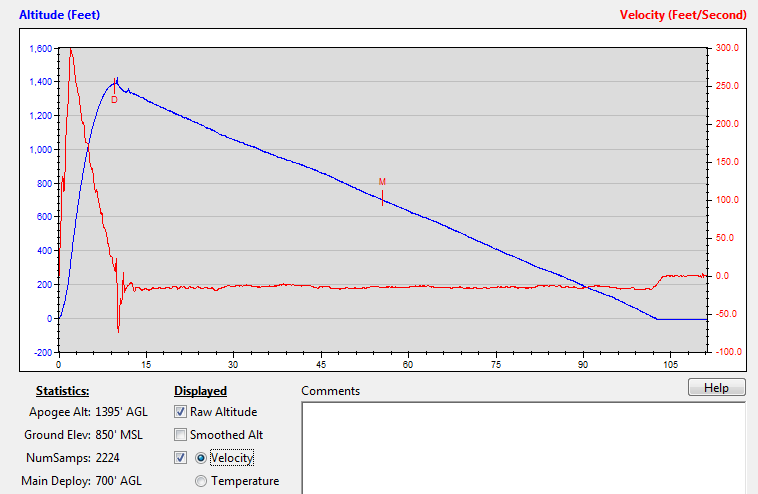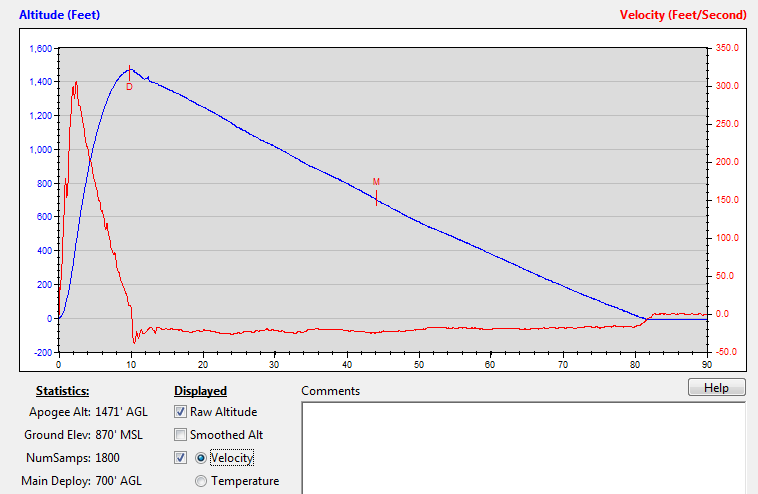| Date: | 1st April 2017 |
| Location: | Mullaley NSW, Australia |
| Conditions: | Partly cloudy, medium breeze, 25C |
| Members: | PK and GK |
This week we travelled to the club's Mullaley high power launch site. Following up from the last trip we wanted to see if we could get Light Shadow to fly on an H motor to get our Level 1 HPR certification. We had David bring the motors for us as I don't have a pyro licence yet so I can't store or transport them. The weather was quite good with scattered clouds and a moderate breeze but manageable so it just meant we had longer walks to retrieve rockets. Other than Light Shadow we also brought along our Polaron G2b (and a twin backup) to fly as well since we can't launch it at full pressure at our regular Whalan Reserve launch site.
Here is the video of the Light Shadow flights:
We hadn't flown the G2b for a while now, so it was a good opportunity to do that while we waited for David to arrive at the launch site. The rocket is just as simple to set up as our smaller rockets so we filled it with 3.8L of water and a little bit of foam and put a 16mm nozzle on it. We also used a launch tube with this nozzle.
The rocket was pressurised to 220psi and launched. It only reached 670 feet which was a little disappointing as we had expected around 800 but still it was a good flight. The parachute opened when it was supposed to and the rocket drifted quite a ways but landed fairly gently. Unfortunately the nose must have hit the ground at a bit of an angle and broke the bottle neck at the top tornado tube. The bottom section with the parachute still attached was dragged by the wind a little further further.
For the second flight, we just swapped the top spliced-quad and set it up again this time with the back up nosecone and deployment mechanism. This time we filled the rocket to 230psi and launched it again.
The rocket flew well and reached 786 feet which was more in line what we were expecting. The rocket landed gently this time and remained undamaged.
Polaron G2b Video Coming Soon ...
After the second Polaron G2 flight we re-configured the quick launcher for pyro flights. This involves attaching a deflector plate near the bottom where the release head normally sits, and adding a bolt to the guide rail that supports the rocket up off the deflector plate.
We prepped the motor by removing the ejection charge and filled the small hole with 5 minute epoxy. This was done so that no gasses from the motor could pass into the pressure chamber. We then put the two layers of cardboard on the motor casing as thermal insulation and secured the motor in the rocket with the retainer nut.
The rocket was then placed on the pad, igniter fitted and the electronics armed. When the launch button was pressed nothing happened. It turned out a dodgy set of launch controller cables were at fault and so we switched to another channel.
This time the motor lit and a nice red flame pushed the rocket up to an altitude of 1507' according to the AlttimeterOne in the nosecone and 1395' according to the Stratologger. The parachute deployed right at apogee and then took a couple of seconds to fully inflate. The rocket landed gently in the field about 1/4km away from the pad. Here is the altimeter plot from the first flight including velocity.

There was no damage done and so we got our Level 1 Certification which we were pretty happy about. When reviewing the on-board footage we noticed that the camera was out of focus. Someone must have turned the camera lens and focused it up close so the video isn't as sharp as we would have liked, but it is still watchable.
For the next flight we replaced the camera with another one that was in focus and loaded up the second H125 motor that received the same epoxy treatment.
The rocket again lifted off nicely but did a bit of spiral on the way up but then again straightened out and flew up to 1529 feet according to the AltimeterOne and 1473 feet according to the Stratologger. The parachute again deployed at apogee and landed safely downrange. This time we noticed that the payload bay had a short zipper in it, which should be easy to repair. Surprisingly the Kevlar shock cord wasn't damaged as it sliced through the thin fiberglass wall. We will add a load spreader to the shock cord to make sure it doesn't cut through the fiberglass again.

As it was fairly late in the day and we were getting ready to pack up we decided not to fly it again as a water rocket and we will have to leave that up to next time as we push the pressure higher.
| Launch | Details | ||||||||||||||||||||||||
| 1 |
|
||||||||||||||||||||||||
| 2 |
|
||||||||||||||||||||||||
| 3 |
|
||||||||||||||||||||||||
| 4 |
|
||||||||||||||||||||||||
| 5 |
|